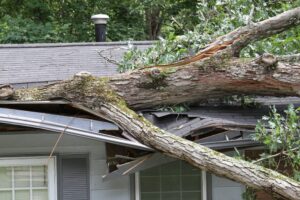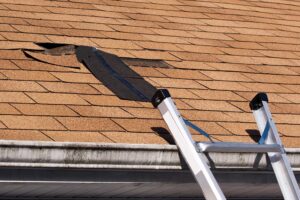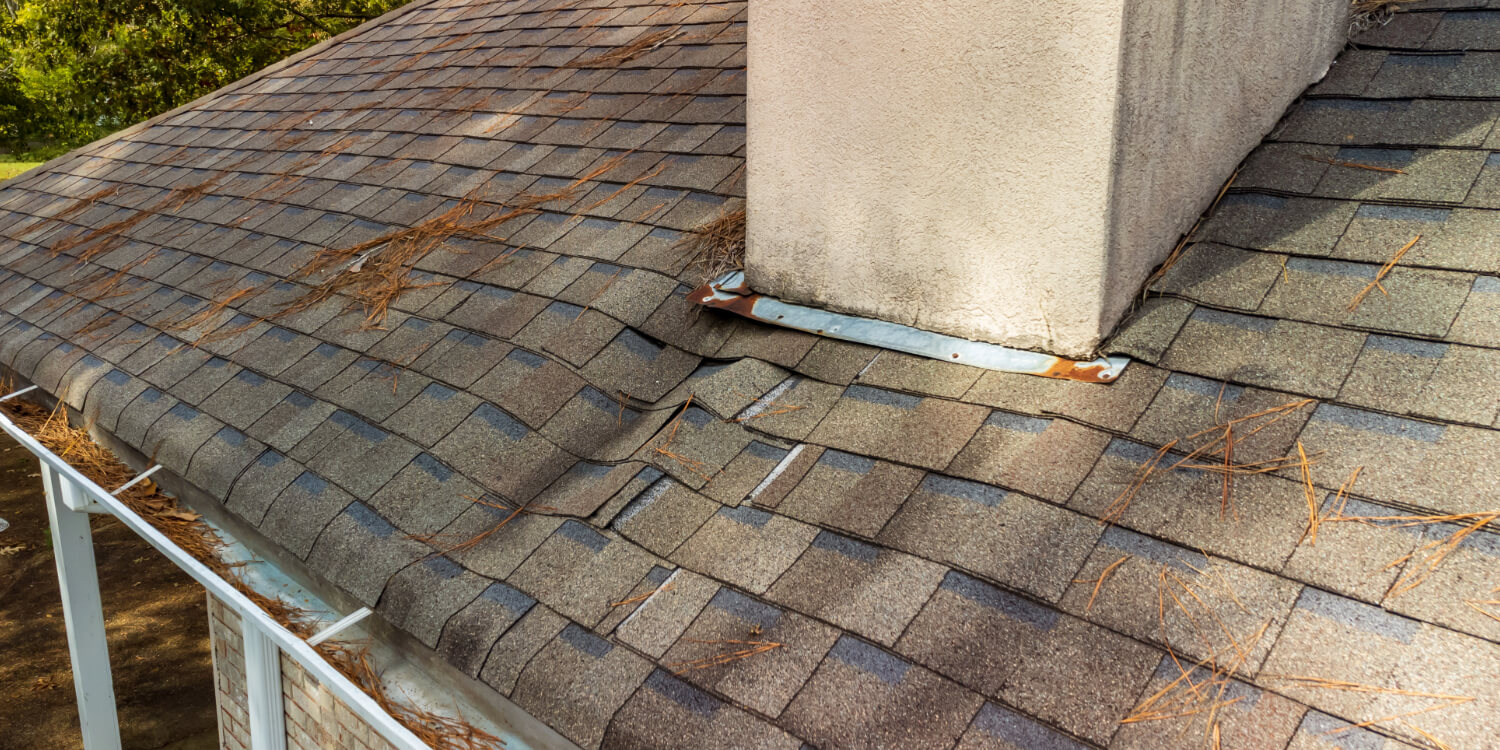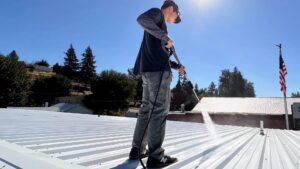How Weather Patterns Affect Storm Damage and Repair Needs: Insights for Roofing
Weather patterns play a significant role in determining the health and longevity of a roof. From heavy rainfall and hailstorms to high winds and extreme temperatures, these natural forces can impact the structural integrity of roofing materials. Understanding how different weather conditions contribute to storm damage and influence repair needs can help homeowners prepare and maintain their roofs effectively.
The Impact of Heavy Rainfall on Roofing Systems
 Prolonged or heavy rainfall poses a risk to roofs, especially those that are older or poorly maintained. Excess water can accumulate on roofs without proper drainage systems, leading to leaks, sagging, or water damage to the underlying structure. Over time, this moisture can also promote mold and mildew growth, which can compromise indoor air quality and the structural components of the roof.
Prolonged or heavy rainfall poses a risk to roofs, especially those that are older or poorly maintained. Excess water can accumulate on roofs without proper drainage systems, leading to leaks, sagging, or water damage to the underlying structure. Over time, this moisture can also promote mold and mildew growth, which can compromise indoor air quality and the structural components of the roof.
Waterproofing measures, such as high-quality underlayment and well-maintained gutters, are essential to mitigate the effects of heavy rainfall. Regular inspections can also identify potential vulnerabilities before they escalate into significant damage.
High Winds and Their Effect on Roof Stability
High winds are another major contributor to roof damage, often lifting shingles, tiles, or panels and exposing the underlying materials to the elements. Windstorms can also dislodge flashing around vents, chimneys, and skylights, creating entry points for water.
In extreme cases, strong winds may cause entire sections of a roof to collapse, particularly in homes with older or weakened structures. Selecting wind-resistant roofing materials and ensuring that they are properly installed can significantly reduce the risks associated with high winds.
Hailstorms: A Major Threat to Roof Surfaces
Hailstorms can be especially destructive to roofing systems, causing visible dents, cracks, or punctures in shingles and tiles. Even minor hail damage can lead to more severe problems over time, as it weakens the roof’s protective barrier against water and UV rays.
The extent of hail damage often depends on the size and velocity of the hailstones, as well as the type of roofing material. Regular assessments following hailstorms are crucial to identify and address issues before they worsen.
Temperature Extremes and Roofing Materials
 Extreme temperature fluctuations can stress roofing materials, causing them to expand and contract repeatedly. Over time, this can result in cracks, warping, or even the complete breakdown of certain materials.
Extreme temperature fluctuations can stress roofing materials, causing them to expand and contract repeatedly. Over time, this can result in cracks, warping, or even the complete breakdown of certain materials.
In colder climates, ice dams can form when melting snow refreezes at the roof’s edge, trapping water and potentially causing leaks. In hotter regions, prolonged exposure to intense sunlight can degrade roofing materials, making them brittle and less effective.
Using materials designed for specific climate conditions and ensuring proper insulation can help protect roofs from damage caused by temperature extremes.
The Role of Preventative Maintenance
Preventative maintenance is vital in mitigating the impact of weather-related damage. Regular roof inspections, timely repairs, and the use of high-quality materials can extend the lifespan of a roofing system and reduce long-term costs.
Homeowners should also remain vigilant after major storms, as some damage might not be immediately visible. Prompt professional assessments can help address hidden problems before they become critical.



 There are misconceptions about roof coatings that may deter property owners from using them. One common myth is that coatings are only for old or damaged roofs. While they do restore aging roofs, they are equally beneficial for new roofs as a preventative measure.
There are misconceptions about roof coatings that may deter property owners from using them. One common myth is that coatings are only for old or damaged roofs. While they do restore aging roofs, they are equally beneficial for new roofs as a preventative measure.